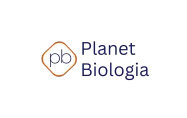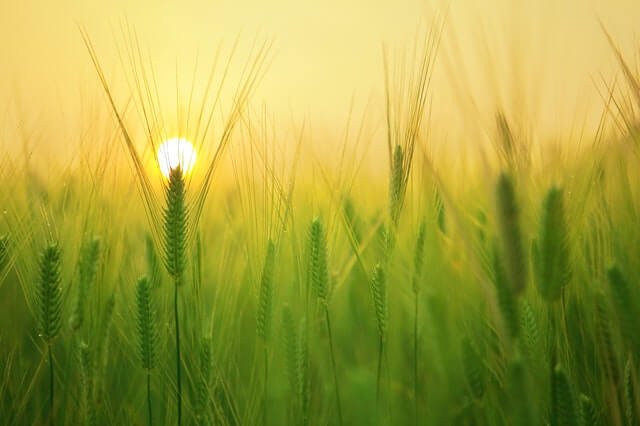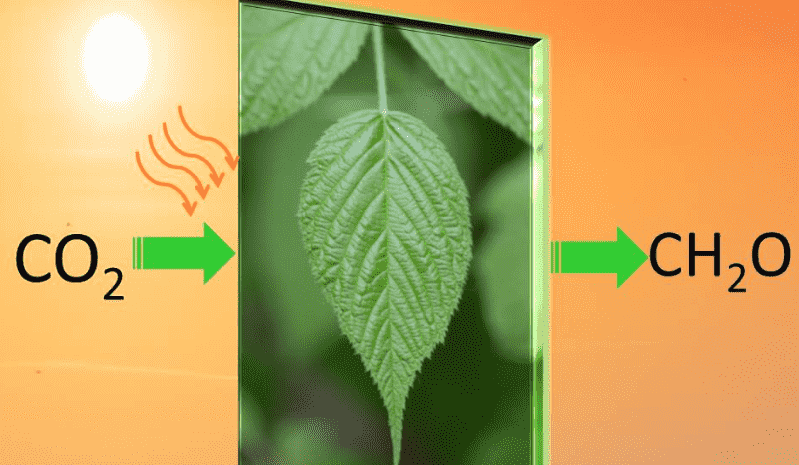In the last articles we discussed about the cycle of energy that runs in living organisms and how carbon and electron contribute in this process. The process follows the laws of thermodynamics and provides the energy to the living organisms. In this article we will see how the carbon dioxide i.e. CO2 from atmosphere is fixed and its phase wise chemical transformation in energy metabolism.
The source of energy for all the organisms is the oxidation of inorganic and organic compounds. These compounds are either present in nature or synthesised through photosynthesis in some plants and bacteria which are used by other organisms. Most of the life forms on earth prefer organic carbon as a source of energy. For most of the organisms glucose is the primary source of energy.
This signifies the importance of studying role of carbon compounds that can supply energy and forms basic molecules of cellular framework of the organism. Carbon containing compounds in energy metabolism pathways carry high energy electron distributing the energy in stepwise manner. One should know that we obtain the energy from the flow of electrons which are chemically immobilised into the carbon containing molecules in the food.
Yes, we get the energy from food, but the food is not the energy. The energy is trapped in the chemical bonds that make up the food. We get energy because these bonds break and some amount of energy is released while new bonds are formed. From where does the food gets its energy? There are major stages of the entire process which make up the flow of the carbon.

Photosynthesis
Photosynthesis is defined as the synthesis of carbohydrate by using reduced atmospheric CO2 derived metabolites with the help of electromagnetic radiations from visible spectrum of the sunlight. Photosynthesis take place in plant leaves, in a specialised organelle called chloroplast. They are named so because they contain the chlorophyll, the pigment which are capable of capturing the energy of sunlight.
Chlorophyll and associated molecules channelise the captured energy from sunlight to reaction centres. Electrons from water molecule absorb the energy and get excited.These electrons are now high energy electrons which are then shunted to the electron transport chain in chloroplast. Chemically the process can be summarised as,
2H2O > 2H2 + O2.
Light
In this reaction one of the product is O2, the molecule of oxygen. Photosynthesis reactions provide us the oxygen that we all are breath and hence goes the saying “Plant some trees to get the oxygen free”. Photosynthetic organisms are the factories of oxygen and food for the life on earth signifying the importance of survival of plants for the survival of the other life forms on earth.
Carbon fixation
Excited electron is accepted by electron carrier from the electron transport chain and they get reduced. This electron from electron transport chain is ultimately transferred to the mobile electron carriers. These mobile electron carriers are primarily NAD and NADP. ATP and NADPH provide the energy and electron for the the reduction of the atmospheric CO2 forming basic carbon molecules.
CO2 ingresses into the plant from the open stomata on the leaf surface when the sun is up. The process of reduction of CO2 is termed as the Calvin cycle which takes place in chloroplast. The reduction of CO2 is required for the synthesis of the first stable photosynthetic 3 carbon compound, Glyceraldehyde 3-Phosphate. Two molecules of Glyceraldehyde 3-Phopsphate are required for the synthesis of one Glucose molecule.
The process of photosynthesis and glucose synthesis is really complex and involves so many enzymes. The reactions involves the temporary synthesis of the hundreds of the unstable intermediates. In short, the process of the photosynthesis is represented as the following reactions,
H2O + CO2 > C6H12O6 + O2
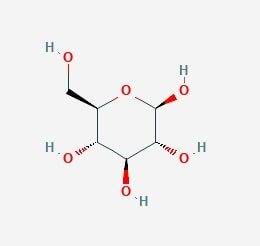
Starch synthesis
The next phase of the carbon flow is synthesis of the glucose polymer of which the food is actually made. Glucose molecules are joined enzymatically to other glucose molecules forming a chain of thousands of glucose molecules called as starch. There are two primary glucose polymers commonly found in photosynthetic organisms those are starch and cellulose.
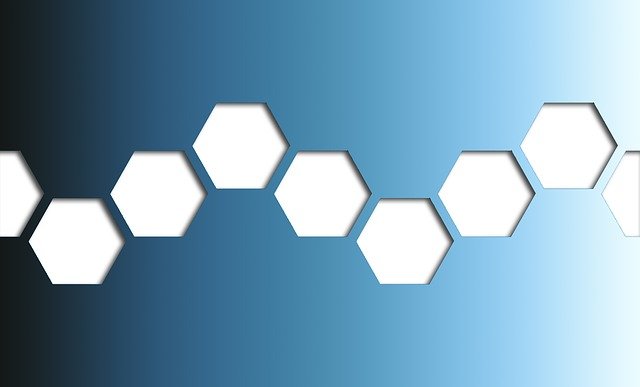
Both the polymers are made of glucose but are differ in the chemical structure. The cellulose is a structural polymer and gives the strength to the plant cell walls against the pressure inside the cell wall. Starch is storage polymer of glucose. Starch fulfil the need of the energy of the plant by supplying glucose, when energy from the sun is unavailable, i.e. at night.
We eat starch in the form of bread, once we eat the starch, it is again degraded to individual glucose units in the body by enzymes. This glucose is further used for the extraction of the energy. All the photosynthesis reactions constitute the anabolic pathway of starch synthesis. When starch is converted to glucose all cells in our body uptake the glucose.
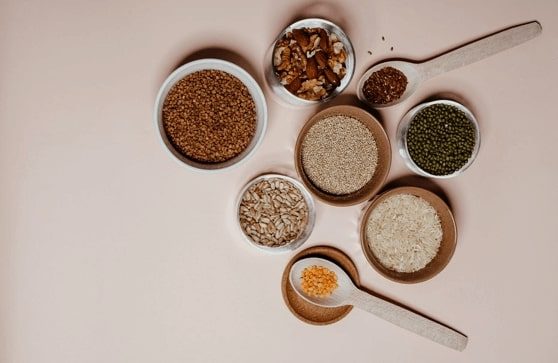
As glucose enters the cells it is trapped inside the cell by converting it to glucose 6-phosphate. Cell membrane is highly impermeable to glucose 6-phosphate. This is how the glucose enters the metabolic pathways in our body and give off the energy it has carried from the plant. In the next article we will see how exactly energy is extracted from glucose and how the water and CO2 are recycled back to the nature.
